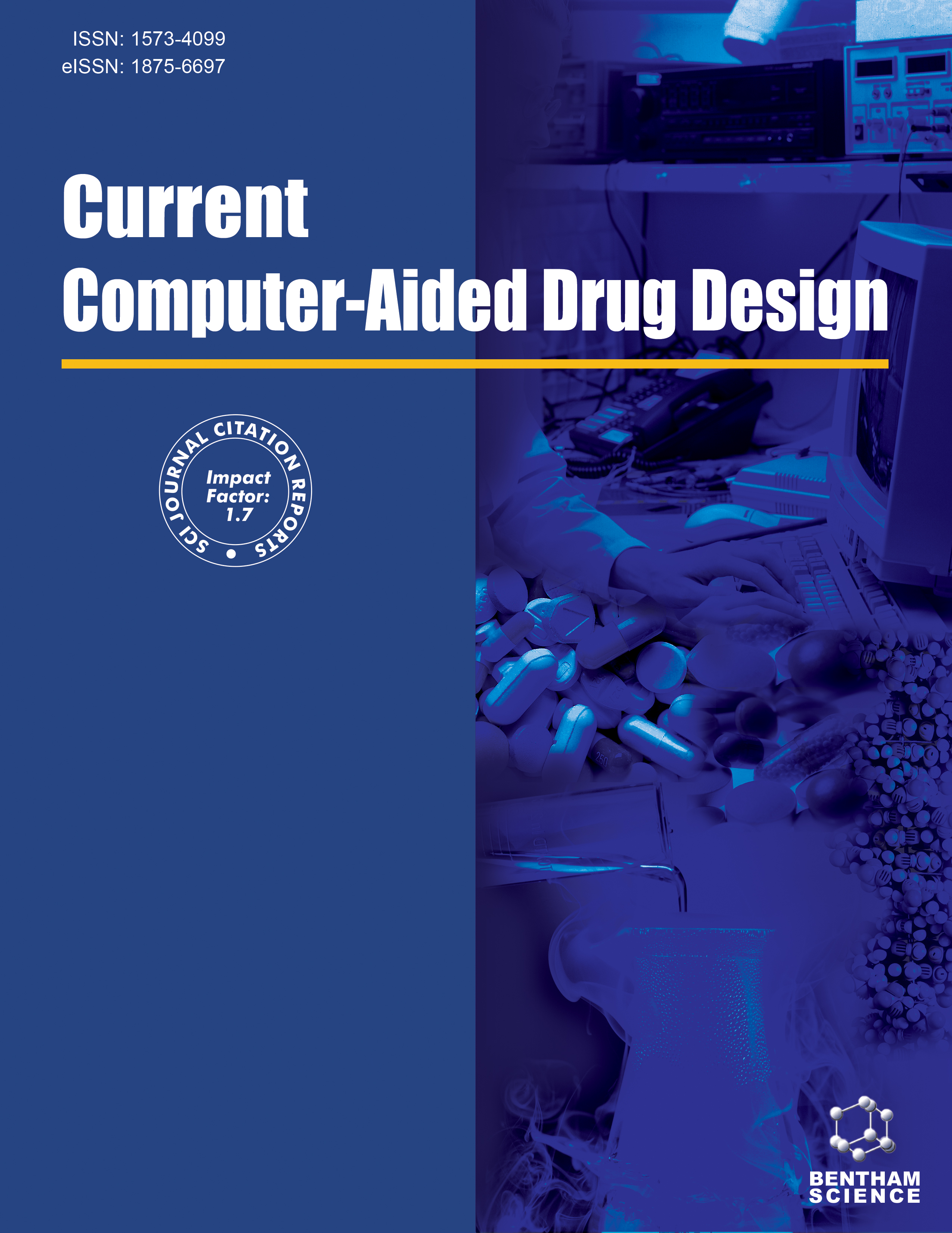
Full text loading...

Acute pharyngitis (AP) is a prevalent ailment. Gynostemma pentaphylla (GP), a traditional Chinese medicine (TCM), may treat AP due to its anti-tumor and anti-inflammatory properties, but this remains unexplored.
This study utilized the TCMSP and Swiss Target Prediction databases to analyze GP's chemical composition and target proteins. The Genecards database was used to identify targets relevant to AP. A PPI network diagram of drug-disease intersection targets was created using the STRING database, and Cytoscape was utilized to create a network visualization diagram of “GP active components-targets-AP” in order to determine key active components of GP in treating AP. Gene ontology (GO) and biological pathway (KEGG) enrichment analyses were conducted on targets in the David database. Molecular docking verification of key targets and components was performed using AutoDock Vina software. In animal experiments, a rat model of AP was induced by a 15% concentrated ammonia solution, and HE staining was conducted to observe histopathological changes in the rat pharynx after intragastric administration of Houyanqing. ELISA was used to detect expression levels of serum interleukin-1-beta (IL-1β), interleukin-6 (IL-6), and tumor necrosis factor (TNF-α).
A total of 18 active ingredients were screened from GP, among which Ruvoside _ qt, Rhamnazin, 3 ' -methyleriodictyol, and sitosterol were five key active ingredients. The key targets involved EGFR, STAT3, MAPK3, SRC, AKT1, etc. KEGG enrichment analysis showed that GP mainly acted on Pathways in cancer, P13K-AKT signaling Pathways, JAK-STAT signaling pathways, and other signaling pathways. Molecular docking results showed that four core compounds and five key targets met the energy matching. Animal experiments showed that compared with the normal group, the expression levels of IL-1β, IL-6, and TNF-α in the AP model group were significantly up-regulated (P < 0.05). In addition, compared with the model group, intragastric administration of the dexamethasone group and gypenosides group could alleviate the up-regulation of inflammatory factors in model rats, and the levels of IL-1β, IL-6, and TNF-α were decreased (P < 0.05).
This study predicted the possible targets of GP in the treatment of AP through network pharmacology. The results suggest that gypenosides may inhibit the expression of inflammatory factors by regulating Pathways in cancer, P13K-AKT, and JAK-STAT signaling pathways to treat AP.